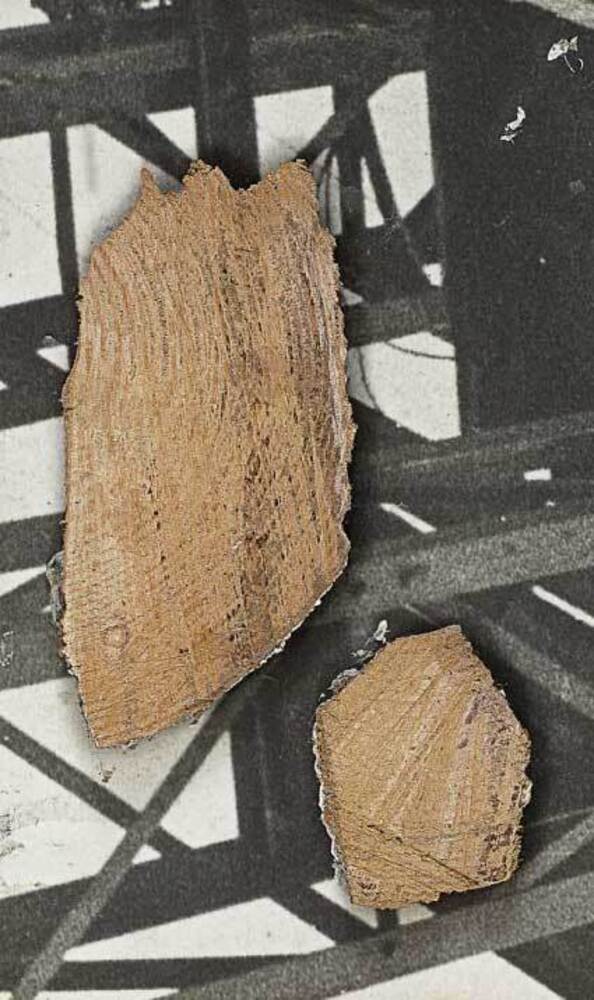
READY-MADE AND INFORMALISM
During the second half of the 1940s, the world reflected on its own mistakes. Many personalities in cultural and scientific environments who experienced the Shoah and the Holocaust mobilised. In philosophy, Jean-Paul Sartre used existentialist theories to analyse human life. It was about starting over: everything done until that time seemed to have been cancelled.
Even in art, the use of materials started over from an angry gesture in controversy with the society. Rules were criticised, and logic was rejected. Dadaism was back in vogue (recalling Kurt Schwitters's experiences with the collage of the 1920s and the first ready-made around 1913), but it was at the end. Informalism was born, recalling Dadaism gesturality, turning it into language and, differently from Abstractionism, it went beyond the concept of shape.
Brajo Fuso also experimented with collage and ready-made, always following his instinct. Many elements converged towards him, but for a short period only. He absorbed the avant-garde in the first half of the 1900s and gave it back according to a process that is the same used by all those artists defined as informal.






